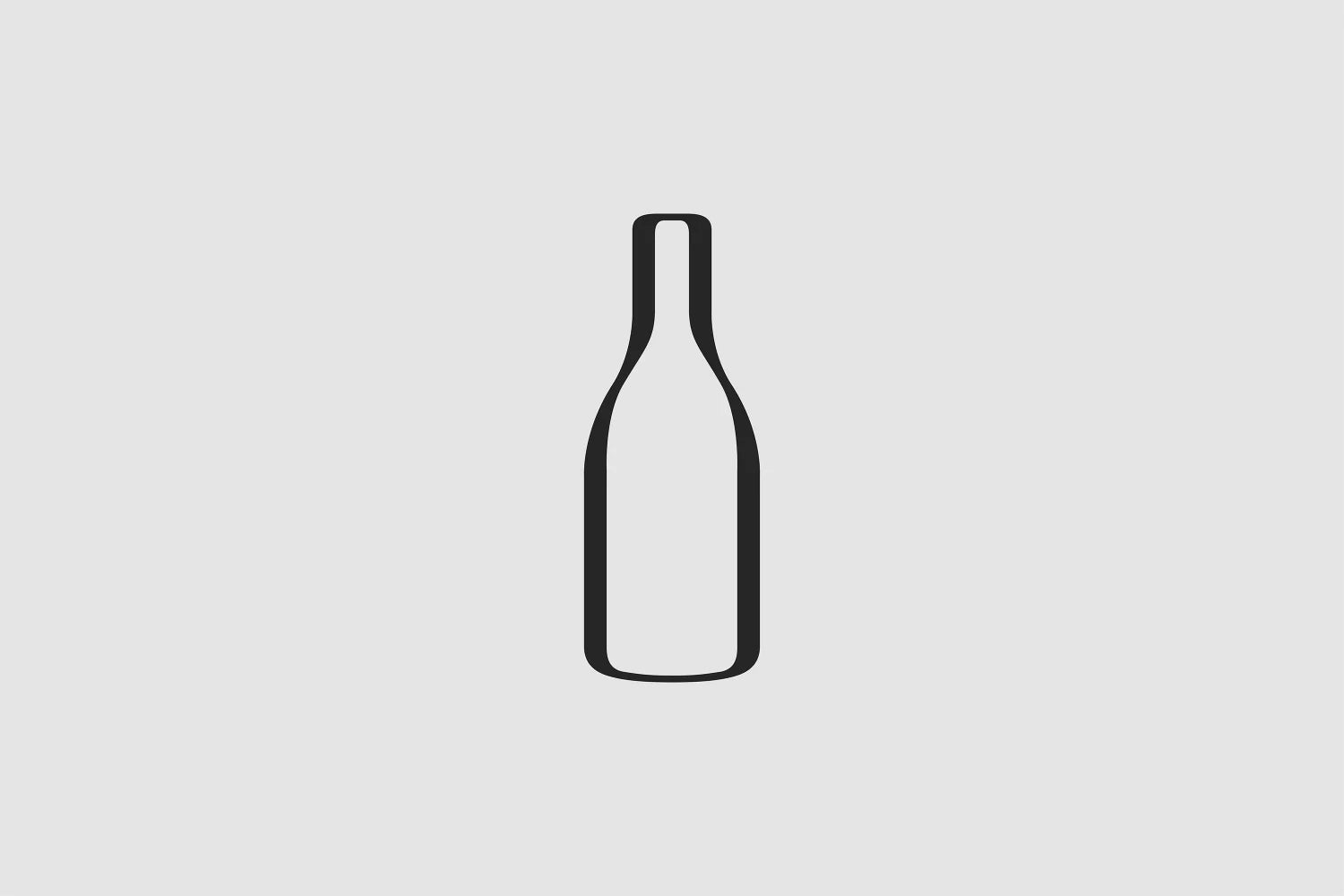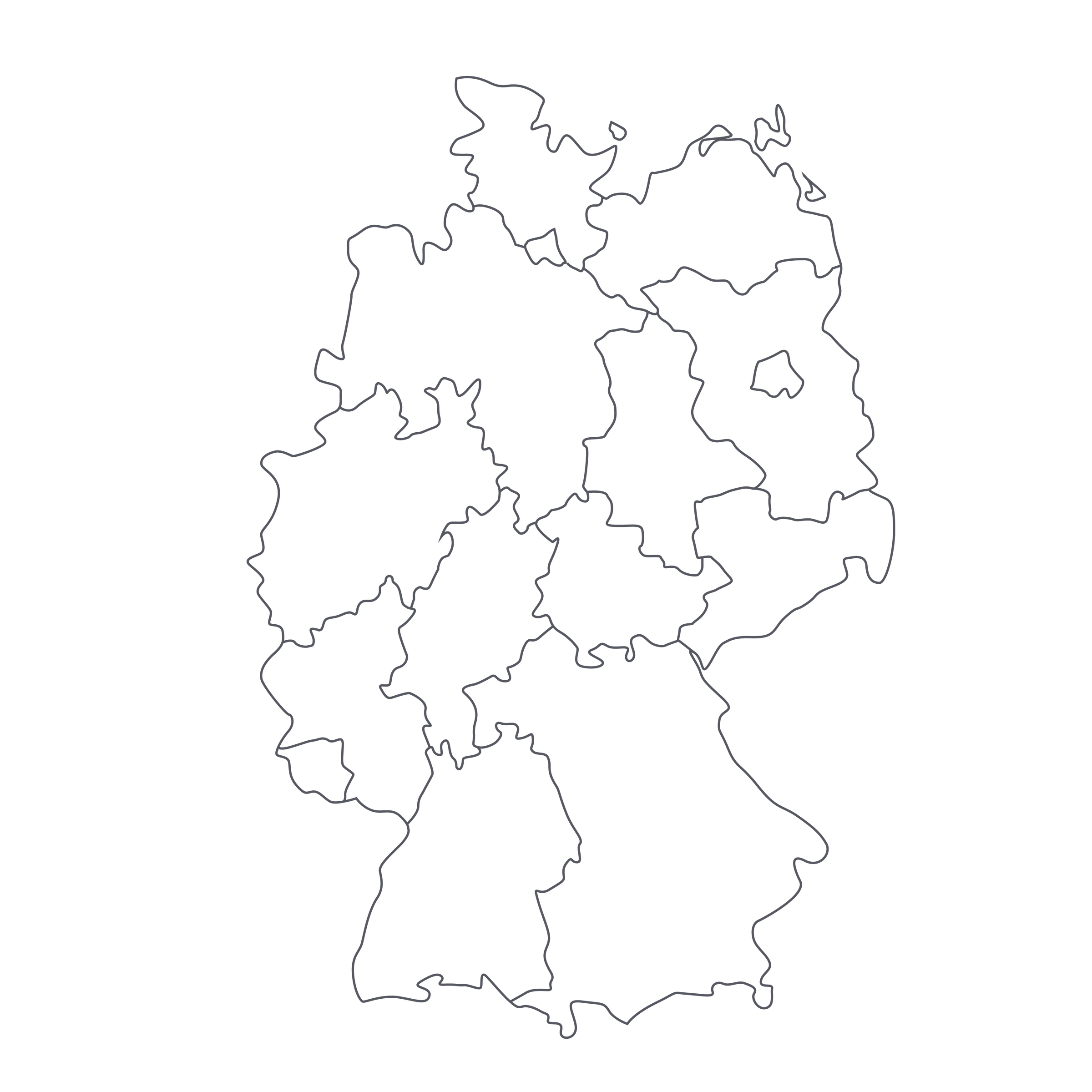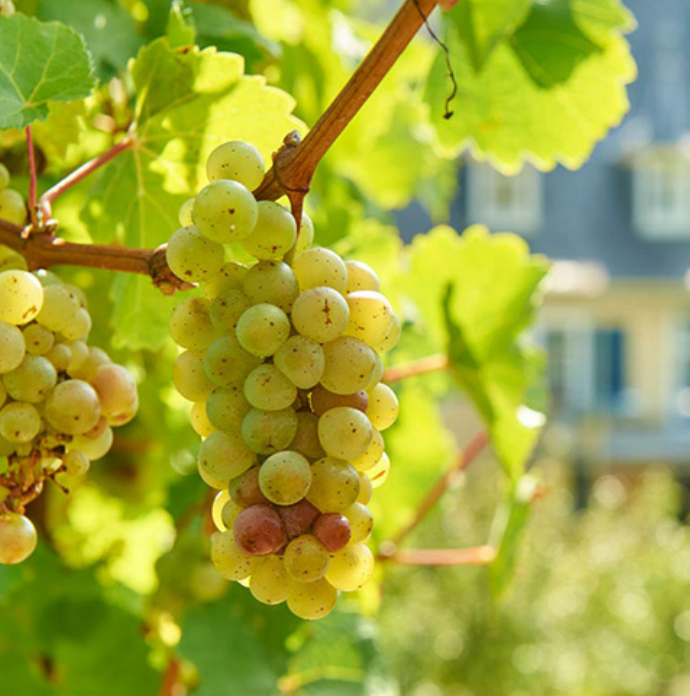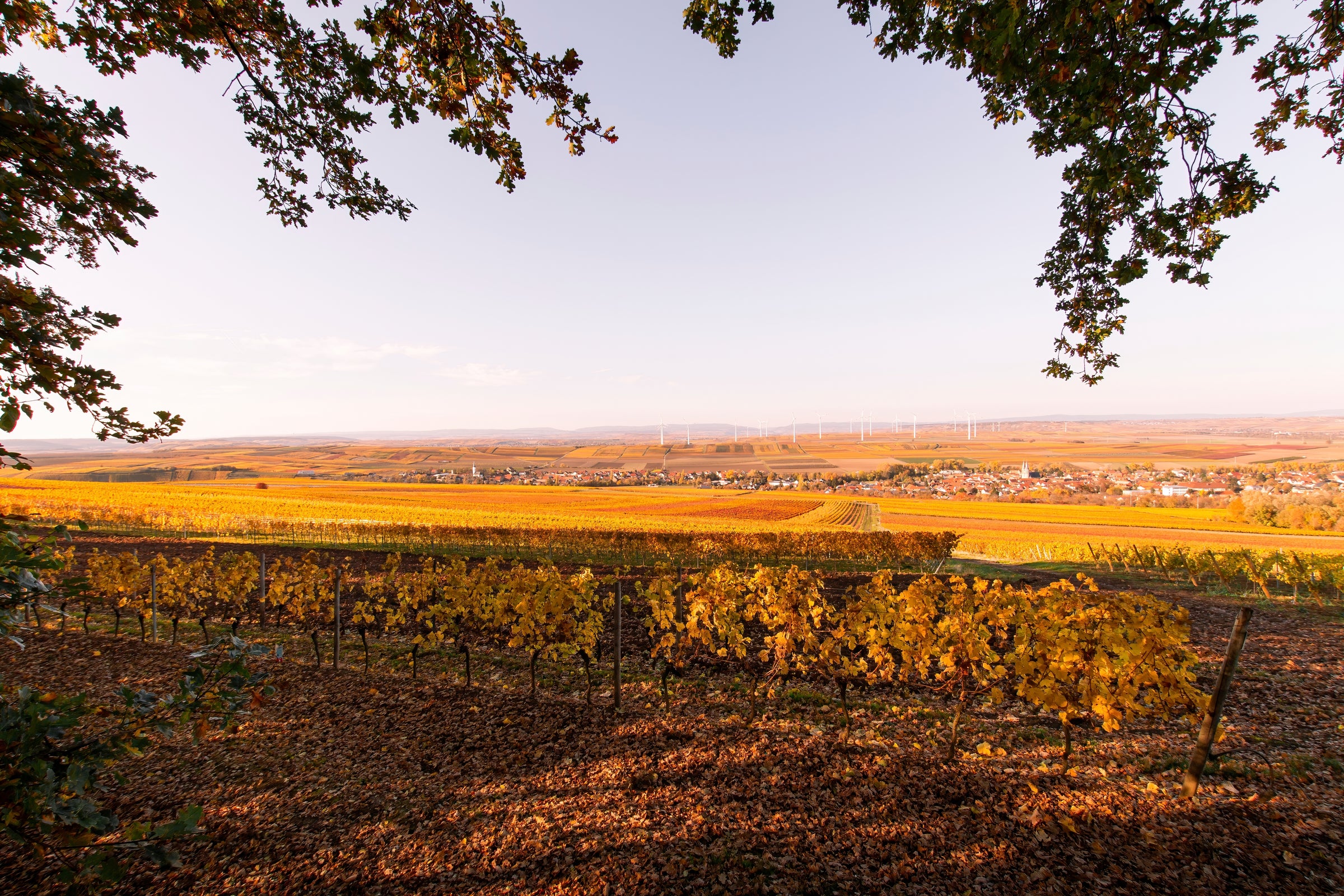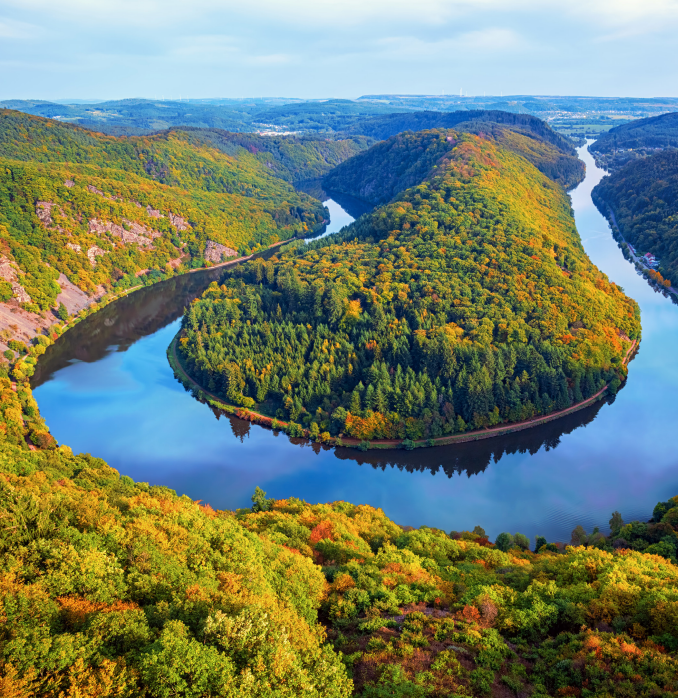Spun from the magical Grand Cru soils of “Ürziger Würzgarten,” and having spent nearly three decades in Christoffel-Berres’ pitch-black underground cave, today's discovery is the equivalent of unearthing a long-lost buried treasure! This 29-year-old, three-star rarity is a stirring masterpiece that so vividly expresses the immortal properties of mature Riesling Spätlese. Don’t let the deceptively low alcohol fool you, either—with crushed-slate minerality, petrol, impossible freshness, and exotic-fruit layers, this profound antique lingers for minutes on end with deep concentration and remarkable tension. That’s the unmistakable beauty of old Riesling from the historic “Würzgarten” vineyard: just look at the vertigo-inducing precipice to which these self-rooted vines cling and the ancient red slate they’re buried in—this is a Grand Cru site for a reason!
Now, factor in an ultra-traditional, neutral-barrel upbringing in the cellar plus 29 years of undisturbed aging, and the sub-$50 price tag becomes incomprehensible. We snagged the final parcel remaining in Christoffel-Berres’ cellar, meaning nobody but us has this remarkable ‘91 treasure—it also happens to be my favorite old bottling from them thus far. My suggestion? Buy all six allowed to you and uncork one every 1-2 years—yes, this wine still has more evolving to do!
There’s never a dull moment in the historic Mosel village of Ürzig, where we’ve uncovered a number of pristine, well-aged treasures like Christoffel-Berres. More specifically, today’s gem comes from the Grand Cru, or Grosse Lage, vineyard of Ürziger Würzgarten (“the spice garden of Ürzig”). As seen in the breathtaking picture above, this is one of those impossibly steep, amphitheater-like vineyard panoramas the Mosel does so well, and its unique, rust-hued slate soils make it easy to spot. The combination of vineyard pedigree, bottle age, and cellar-direct provenance make for an insanely finessed and tension-filled Riesling experience. It’s one worth shelling out a pretty penny for, but as is so often the case with German wine, you don’t have to.
Documentation dating back to the mid-1500s proves that Christoffel-Berres is among the oldest estates in the Mosel, although a major shift came in 1997 when proprietor Otto Christoffel retired and the property was left heirless. Thankfully, their impressive wine library and few precious acres in the vineyards of Würzgarten, Treppchen, and Prälat were taken over by their long-time neighbors and friends at Weingut Karl Erbes.
But Otto was still at the helm for today’s 1991, which hails from a couple acres of ungrafted Riesling vines in the world-famous vineyard of Würzgarten, or ”spice garden,” named for the common practice of infusing herbs in wine in the 1600s. This specific cuvée is a three-star (meaning it was Otto’s highest and ripest Spätlese-level grapes that year). In authentic fashion, the grapes were harvested by hand, fermented via ambient yeasts, and matured in large, neutral barrel before bottling in late 1992. This parcel then continued aging, without any disturbances, until our purchase just months ago.
Today’s ‘91 is under its original cork and even though it has held up incredibly well, I recommend opening with an ah-so. If you don’t have one, make sure you twist that screw all the way into the cork before gently extracting. After doing so, I recommend pouring into all-purpose stems around 50 degrees and savoring each ounce as slowly as possible. It pours a radiant yellow-gold with amber hues and unfurls with powerfully intoxicating mature Riesling aromas: dried quince, apricot liqueur, pineapple, crushed slate, yellow mango, Kaffir lime, lemon curd, candied peach, acacia honey, petrol, saffron, mushroom, and a distinct touch of old cellar. On the palate, this decades-old Spätlese sings with energy and a powerful savory edge. Yes, there is noticeable sweetness, but it’s entirely integrated from 29 years of evolution and the wine’s bracingly fresh acidity. If you let it, this finish stretches on and on with rich, exotic fruit and a pulverized mineral core. Don’t drain your bottle too quickly! Track it from hour one to 24 to see what stage of its evolution best fits your palate, then you’ll know when to enjoy your subsequent bottles. Cheers!
